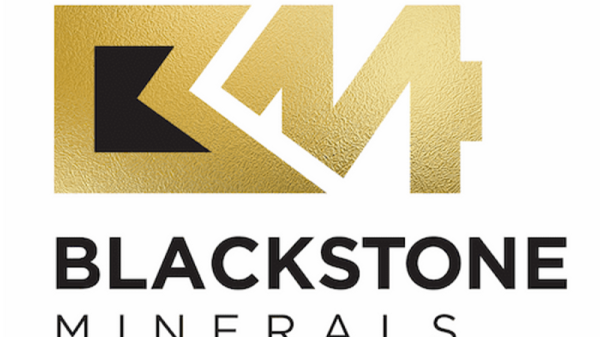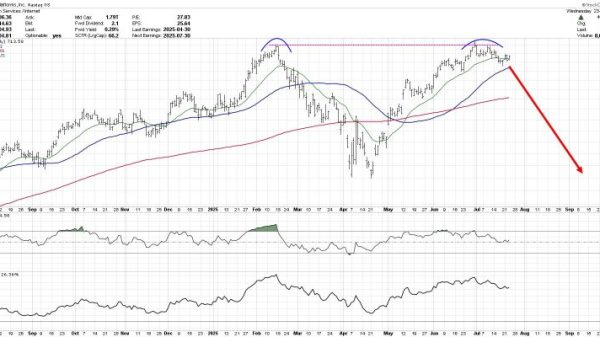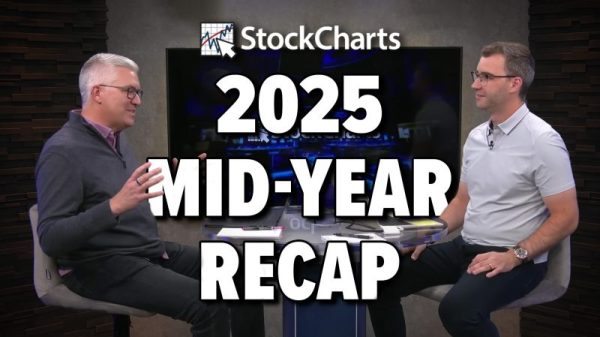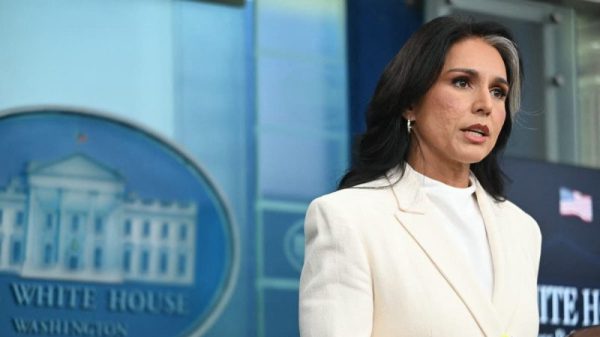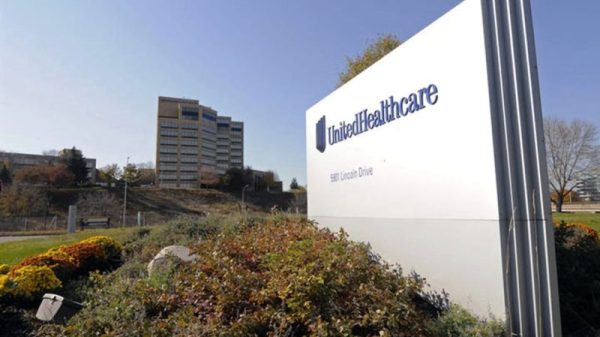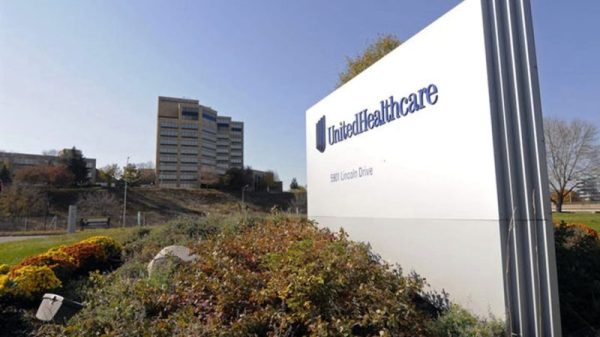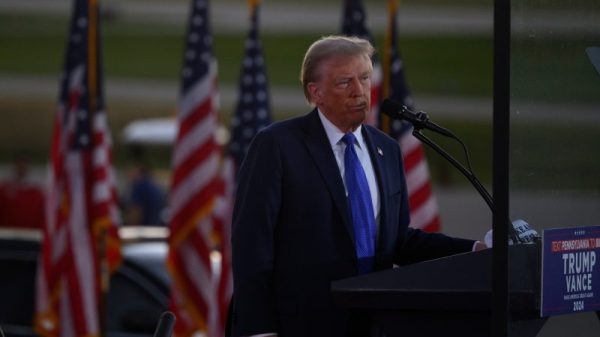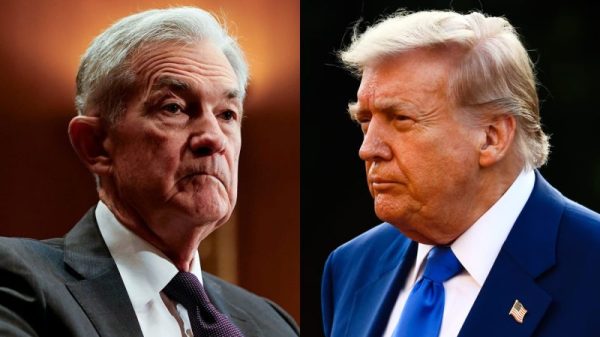The second quarter of 2025 was a period of dynamic evolution within the biotechnology and pharmaceutical sectors.
Critical factors like escalating policy pressures, pipeline pivots by leading companies and the increasingly transformative impact of artificial intelligence (AI) shaped the landscape and presented both challenges and opportunities for growth.
Escalating policy and tariff pressures
The biopharmaceutical industry is currently grappling with significant headwinds, primarily driven by an evolving and unpredictable tariff landscape. This uncertainty has already impacted market activity, with only two initial public offerings in Q2 compared to five in Q1.
Regulatory shifts and concerns of an imminent trade war caused a nearly nine percent drop in the SPDR S&P Biotech ETF nearly nine percent in the first week of April, following US President Donald Trump’s announcement of a 10 percent global tariff on nearly all goods entering the US.
Subsequent discussions have led to a dynamic and often unpredictable landscape. Throughout May and June, negotiations saw a temporary de-escalation, with some of the more severe tariffs being paused or substantially reduced for many goods until mid-August; however, a cumulative tariff of up to 245 percent on certain Chinese active pharmaceutical ingredients (APIs) has been in effect since April, significantly impacting the pharmaceutical supply chain.
Lingering uncertainties have also persisted; as of mid-July, while direct negotiations are ongoing, the US has signaled an intent to potentially increase the baseline reciprocal tariff rate to 15-20 percent and has threatened a hike of 35 percent on goods currently subject to the 25 percent fentanyl tariff, effective August 1.
Further intensifying the pressure, Trump has recently proposed a dramatic 200 percent tariff on imported finished pharmaceutical products, as well as 30 percent tariffs on the EU and Mexico, slated to begin on August 1.
For pharmaceuticals, the higher import costs for APIs and finished drugs are forcing companies to continuously re-evaluate their supply chains and brace for potential price increases.
Tariffs on steel and aluminium could also increase costs for stainless-steel bioprocessing equipment, lab equipment and medical devices.
Picton Mahoney’s 2025 Mid-Year Report discusses the risks associated with tariffs, including increased recession odds, stagflation risks and the possibility of renewed protectionist policies creating ripple effects across global equity markets. The authors add that building pricing pressures in the US from new tariffs and a weaker US dollar could exacerbate negative economic trends.
The report also highlights that policy uncertainty is bad for corporate planning and could lead to a pause in spending.
Evaluate Pharma’s World Preview 2025 report, released in June, states that mergers and acquisitions (M&A) activity in the biopharmaceutical industry is “off the pace so far in 2025”, with the slowdown attributed to uncertainties surrounding US tariffs and drug pricing policy. An unnamed former Big Pharma CEO is quoted as saying, “I’d be holding off dealmaking for 3-6 months until this [tariff framework] plays out”.
The report also indicates that the deals that are happening are “heavily risk-mitigated” and often involve late-stage or marketed assets or, if programs have not yet been finalized, include contingent payments.
M&A trends and pipeline expansion
Despite a slowdown in the market, pharma and biotech companies continued to pursue M&As in the second quarter, seeking to strengthen their product pipelines with a focus on bolt-on acquisitions.
Notably, there was a trend of European pharmaceutical giants acquiring US-based biotechnology firms, such as GSK’s (NYSE:GSK) acquisition of Boston Pharmaceuticals’ subsidiary, BP Asset IX, to gain access to its live disease drug, efinofermin, in a deal valued at up to US$2 billion.
Significant investments were also directed toward immunology, rare diseases and neurodegenerative disorders, underscoring a broader trend in the industry toward targeted pipeline expansion and addressing unmet medical needs across a range of complex conditions.
Sanofi’s (NASDAQ:SNY) US$9.5 billion acquisition of Blueprint Medicines garnered considerable attention due to the startup’s very specific and strong focus within the rare disease space. Many industry observers expect the deal will help grow Sanofi’s portfolio of rare disease treatments.
The acquisitions were diverse in their therapeutic focus, but Merck’s (NYSE:MRK) acquisition of SpringWorks Therapeutics, which specializes in rare and genetically defined cancers, highlighted the ongoing dominance of oncology.
Healthcare policy changes under Trump
AI-driven solutions are continuing to have an impact on life science industries. Several panels at Web Summit Vancouver highlighted how investors are increasingly focused on AI’s potential for significant productivity gains in life sciences, particularly in drug development and synthetic biology, despite challenges in regulation and data integration.
Wesley Chan of FPV Ventures highlighted life sciences as a sector where AI offers significant productivity gains, citing Strand Therapeutics’ AI-developed mRNA cancer therapy as an example of a generational investment opportunity available through the convergence of biology and AI.
Tom Beigala, founding partner at Bison Ventures, said he believes AI and next-generation computational technologies are driving innovation across the entire healthcare system, from making drug discovery easier and more cost-effective to optimizing data utilization and significantly increasing labor and clinical productivity.
Eric Hoskins, partner at Maverix Private Equity, identified AI-guided personalized medicine as one of the “fast movers” poised to bring an abrupt and immediate change to healthcare.
Reflecting this accelerating integration of AI into clinical practice and patient care, Sanofi and Regeneron (NASDAQ:REGN) partnered with Viz.ai, an AI healthcare firm, in May to integrate AI into COPD management.
Looking ahead
As the biotech and pharma sectors head into the third quarter, the outlook remains clouded by policy uncertainty, rising input costs and shifting global trade dynamics. Yet opportunities remain for firms that can navigate the complexity. Large-cap leaders like Novartis (NYSE:NVS), Johnson & Johnson (NYSE:JNJ) and Sanofi have demonstrated that strong fundamentals and strategic pipeline development can drive outperformance, even in turbulent markets.
As far as policy goes, the Trump administration’s inclusion of enhanced orphan drug incentives under the “Big Beautiful Bill” could act as a catalyst for rare disease innovation.
AI remains a transformative force across the industry. As generative models begin to inform pipeline design and clinical trial optimization, companies with robust data strategies and smart manufacturing capabilities are expected to gain a competitive advantage.
“For us, we really like applications of AI where you’ve got proprietary data, in many cases, probably off the shelf for lightly modified AI models, and then going after super high value applications,” said Beigala, a founding partner of Bison Ventures, which has a portfolio spanning AI-enhanced drug discovery, advanced life science tools for pre-clinical testing and synthetic biology applications.
Similarly, investment in domestic CDMO infrastructure and real-time manufacturing analytics will be crucial for supply chain resilience in an increasingly protectionist trade environment.
Looking ahead, commercial-stage differentiation will become more critical than ever. Investors will be watching closely for companies that can combine clinical results, cost control and regulatory readiness to stand out in a cautious market.
“That’s what we look for, these application models where the team is so thoughtful and smart and so uniquely positioned to understand and have access to data that nobody else has,” Chan explained.
Biopharma’s next phase will be defined by measurable progress. In Q3, adaptability, resilience and clear-eyed execution will matter more than ever.
Securities Disclosure: I, Meagen Seatter, hold no direct investment interest in any company mentioned in this article.




